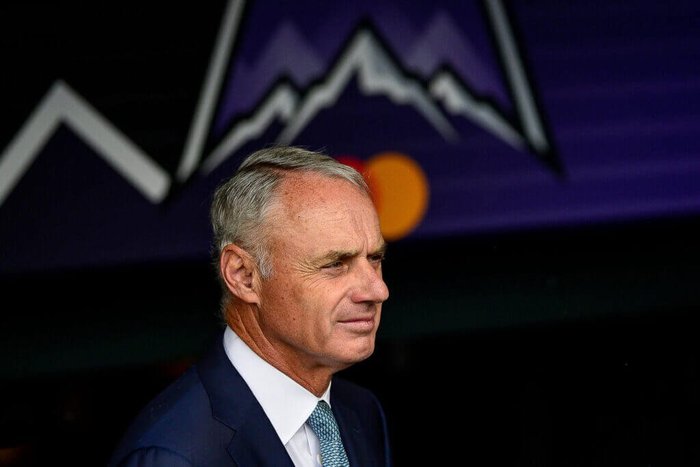With the current Collective Bargaining Agreement set to expire this offseason on December 1st, the MLB has reportedly made its first pitch to the Players Association regarding team salary control. The proposal would establish a salary minimum for each team at $100 million. Additionally, the luxury-tax threshold would be reduced to $180 million and include a more severe penalty than what is in place currently.
Under the current CBA, in the 2021 season, the luxury tax began once a club reached $210 million on their 40-man roster payroll and forced a 20% tax on all overages. Exceeding the threshold for a second consecutive season would raise that figure to 30%. Three or more straight seasons exceeding the threshold would impose a 50% tax rate. The CBA also has additional tiers determined by how much the threshold is surpassed. Tipping over by $20-$40 million would subject a club to a 12% surtax. Exceeding by more than $40 million taxes an organization at 42.5%, but then 45% if it exceeds by $40+ million again the following season(s).
The new proposal would leave the three tax tiers intact and add a fourth, lower tier beginning at $180 million with a 25% tax rate. Each following tier would enforce a steeper penalty. Details remain unclear, but money gathered from the new tier would be redirected to clubs spending below the $100 million minimum. Along with the newly imposed salary floor would likely be penalties for not reaching the criterion.
According to Spotrac, only two teams, the Red Sox and the Dodgers exceeded the $210 million payroll mark and were forced to pay a luxury tax this season. If the new $180 million tier were put into effect retroactively to this year, nine clubs would have exceeded the tax cutoff. Similarly, if the $100 million spending floor would be imposed this season, seven teams would be guilty of not meeting the benchmark.
Major League Baseball remains the single major American sports league not to regulate a salary cap. In the absence of a salary cap, any club willing and able to dish out the big bucks towards the player payroll is naturally more likely to acquire the services of more talented athletes. The ability to have such a sizable payroll is predominately attributed to the substantial revenue stream generated from ticket sales to a large fanbase. The total player payroll range in 2019 topped out at just under $230 million from the Red Sox and bottomed out at $64 million claimed by the Rays, per Spotrac. This range shows the cheapest payroll came out to not even 28% of that boasted by the most affluent club. In a business where talent is bought by the highest bidder, that ratio does not indicate a particular level playing field.
Evan Drellich and Ken Rosenthal of The Athletic report the players’ reaction to the new proposal is not anticipated to be welcoming. Of course, players essentially want the opposite of what the league is suggesting. They want fewer luxury taxes so there is more room for the mega-contracts like those signed by Betts, Trout, Lindor, and Harper (all of which were with teams with notoriously large markets). Lowering the luxury tax would discourage teams from spending money on payroll in general, which would not favor any player’s financial interests.
The subject of imposing salary constraints has long been taboo in Major League negotiations as owners and players have drastically opposing views. On the other hand, fans seem to have a consensus that forgoing multiple blockbuster contracts on the same team and forcing frugal franchises to open their pocketbooks a little more would only level the playing field and make the league more competitive.
For more MLB coverage, click here.



















